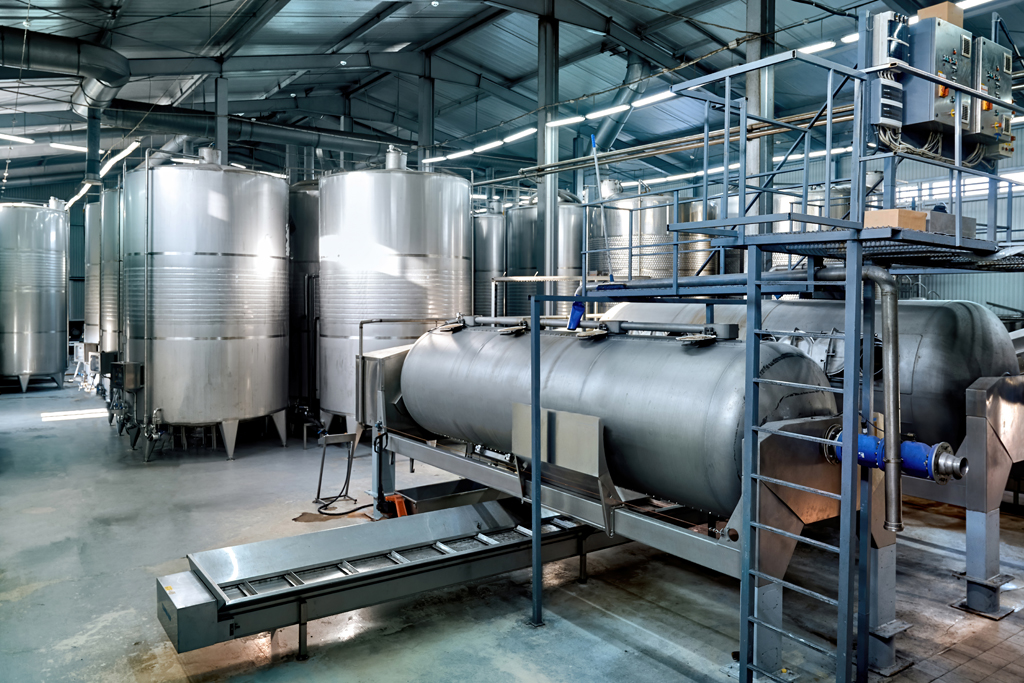This Industries demands clean surface from the residuce, bad odors and grease. Surface should be sanitized and free from microorganisms. In the food and beverage industry, a surface is considered “clean” if it is free of food residue, bad odors and grease. Additionally the surface should be sanitized and free of microorganisms. An effective cleaning and sanitation program is essential in food and beverage production facilities. If the program is not followed, there is a risk that the food and/or beverages could become contaminated by microorganisms. Daily routine cleaning and sanitizing procedures that are performed throughout as well as at the end of food processing/preparation.
Procedures should be monitored to ensure they are preformed properly.A verification should be performed to monitor the effectiveness of the cleaning/sanitation program.
Staff safety must always be considered when developing an effective program. Some things to take into consideration include the safe use of chemicals and hot water. Because of possible Listeria and E. coli contamination, the standards are becoming more stringent. If facilities managers don’t make cleaning and sanitation top priorities, product quality can be affected, resulting in product recalls.
Knowles notes that freezer systems can present some of the harder obstacles to keeping food processing equipment clean. The food technology expert mentions heat exchanger coils, for example, as one equipment component that is especially prone to contamination because small particles can get stuck in the crevices of the coils.
Because of the many equipment parts involved in food processing, all functions and operations must be included in a cleaning/sanitation program. Cleaning and sanitation must be ongoing processes, not just handled sporadically.


